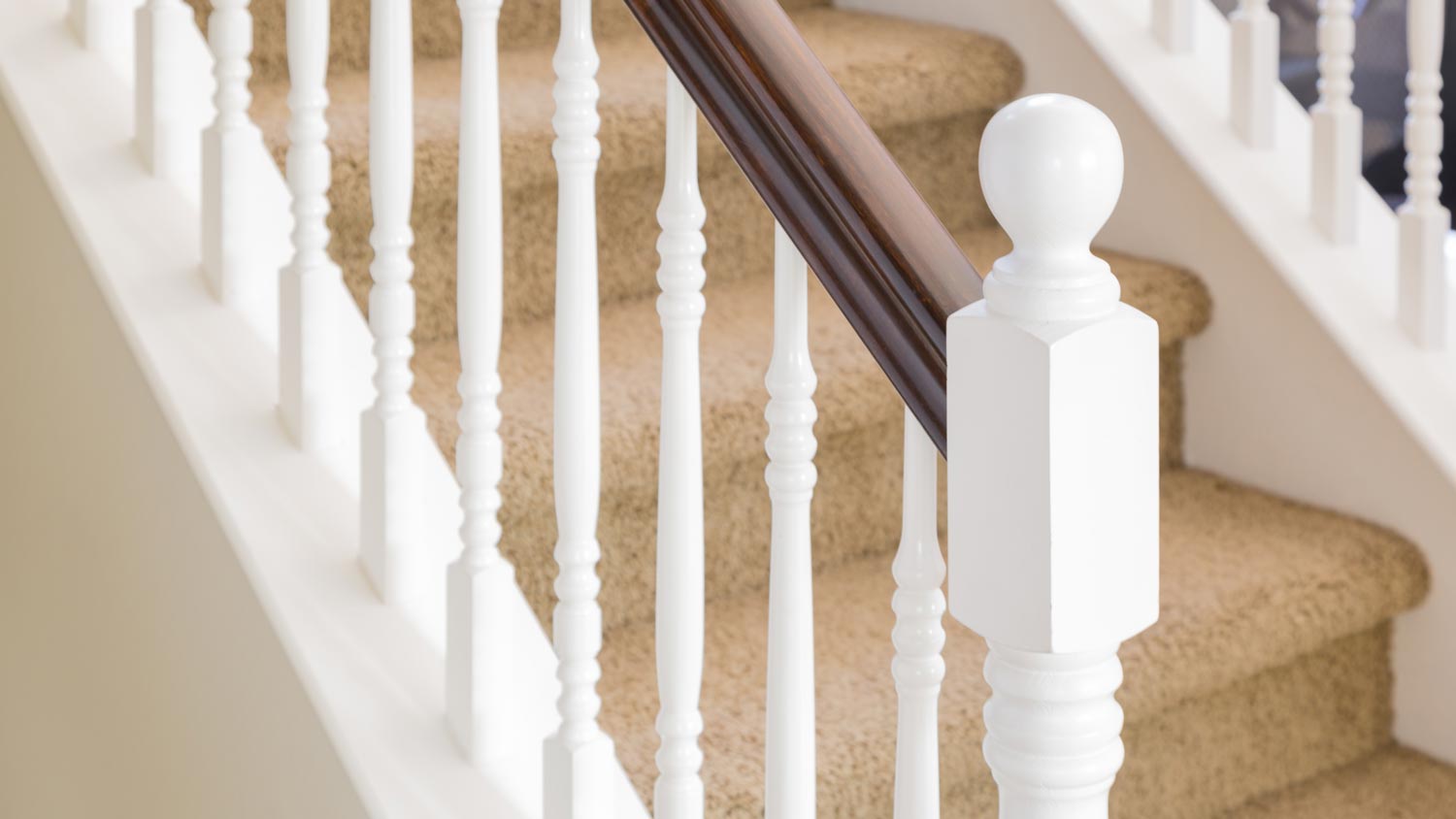
Get expert insights on stair railing repair cost, including average prices, cost factors, and tips to save money. Plan your stair railing repair project with confidence.
The average homeowner spends between $635 and $2,257 to install trim, with most paying around $1,385, depending on the trim length, type, and material.


Quarter round and shoe molding cost $0.50 to $1.50 per linear foot, while ornate options like crown molding or wainscoting can reach $40 per linear foot or more.
Material choice can significantly impact your budget, with costs ranging from $0.50 to $5 per linear foot for PVC or MDF to $6 to $15 per linear foot for plaster, and up to $45 per linear foot for exotic wood.
Labor costs $75 to $125 per hour, and intricate installations with custom angles or wall irregularities can total project costs.
Finishing adds to your bill, with painting or staining trim costing $1 to $4 per linear foot.
Trim installation costs an average of $1,385, although you can pay anywhere between $200 and $7,500, depending on the type of trim, how much you need, and prep and finish work costs. Our guide explores all of the factors that affect how much you’ll pay for trim installation.
Trim costs between $0.50 and $10 per linear foot on average, although you may pay more for ornate or custom trim. To determine how much trim you need, use a tape measure to measure the length of the wall being trimmed, and allow for 10% to 15% extra for cuts and errors. Here are some common room sizes and the average cost for trim materials (not including installation or other costs):
| Room Size (Ft.) | Trim Length Needed (Ft.) | Average Cost |
|---|---|---|
| 10x12 | 44 | $22–$440 |
| 12x12 | 48 | $24–$480 |
| 12x16 | 56 | $28–$560 |
| 14x16 | 60 | $30–$600 |
| 12x18 | 60 | $30–$600 |
| 15x20 | 70 | $35–$700 |
The type of trim you choose will affect how much you pay. Simpler types of molding, like shoe molding and quarter round trim, will cost less to install than more ornate styles, such as crown molding or wainscoting.
| Type of Trim | Typical Cost per Linear Foot |
|---|---|
| Quarter Round | $0.50–$4 |
| Shoe Molding | $0.50–$1.50 |
| Base Molding | $1–$10 |
| Casing | $0.50–$1.50 |
| Crown Molding | $4–$50 |
| Chair Rail | $1–$3 |
| Picture Rail | $1–$3 |
| Wall Frame | $8–$25 |
| Wainscoting | $7–$40 |
Trim is made in a variety of materials, from budget-friendly PVC, MDF, and polystyrene to luxury exotic wood and plaster. Your trim material will affect how much you’ll pay. If your material costs are too high, look for an alternative material that is more affordable. Keep in mind that less expensive materials may not last as long.
| Material | Cost per Linear Foot |
|---|---|
| Wood | $1–$10 |
| Exotic Wood | $10–$45 |
| MDF | $1–$3.50 |
| PVC | $0.50–$5 |
| Polyurethane | $2–$6 |
| Polystyrene/Foam | $1–$2 |
| Plaster | $6–$15 |
Depending on the scope of your project, you may encounter additional costs. Prep and finish work will add to your final bill, although some pros may build the cost into their price quote. Be sure to check what your quote does and doesn’t include so you won’t be surprised when you receive the invoice.
Hiring a local crown molding installer or carpenter to install trim costs an average of $75 to $125 per hour. Expect to pay more if you live in an area with a high cost of living, and more experienced pros will charge a higher hourly rate than those just starting out.
The complexity of trim installation significantly impacts the cost of the project. The more detailed and intricate the trim, the more you'll pay. This is especially true if there are a number of odd angles that require coping, mitering, or scribing. The more unique the shape of the wall, or if there are any obstacles or damaged areas of the wall, the more time installation will take—and therefore cost.
Finishing your trim with paint or stain costs an average of $1 to $4 per linear foot. In most cases, baseboard painting costs less than painting or staining crown molding but more than quarter round molding—the bigger or more intricate the trim, the more it will cost to finish.
If you’re replacing your trim, you’ll need to remove the old material first. Trim removal costs an average of $50 to $150 per room or $0.60 to $1.20 per linear foot.
Before installing your new trim, your contractor may need to repair damaged molding or drywall and properly prep the area so the trim is installed correctly. Some common repairs and prep services include:
Moving furniture: $65–$105 per hour
Drywall hole repair: $20–$200
Drywall crack repair: $20–$400
Water damage repair: $600–$1,550
Nail pop repair: $10–$60
Drywall tear repair: $20–$120
Installing baseboards yourself can save you on labor costs, and if you’re installing prefabricated trim and the area doesn’t need substantial repair or prep work, trim installation can be a straightforward DIY. If you’re installing custom trim, installing trim in places that need significant prep work or repairs, or need to fit trim in areas that have tricky angles or uneven walls, you’re better off calling a pro. A carpenter or trim installer will ensure the job is done correctly, everything is measured and cut to fit, and the results are picture-perfect.
Depending on the condition of your trim and how much work it would take to get it looking new again, repairing the trim may be a more cost-effective option than replacing it. It makes sense to repair trim when it has minor cosmetic damage, including small dents, chips, scratches, loose nails, or gaps between the wall and trim.
You should replace your trim if there is severe rot or mold, warping or splitting, pest or water damage, or if you're overhauling the room’s aesthetic as part of a renovation project.
When it comes to cutting costs on trim installation, you have options. Tackling this project as a DIY will save you the most, shaving hundreds or even thousands in labor costs. Even if you aren’t confident in your trim installation skills and choose to hire a pro, you can still save. Opting for simpler trim like quarter round or plain base molding instead of more expensive trim like crown molding can keep costs down. Choosing less expensive materials like MDF or PVC can keep your bill more wallet-friendly.
Adding trim to your home can give it a more finished, upscale look that can make your home more appealing when it comes time to sell. Well-installed trim also indicates an attention to detail, which makes your home more competitive to prospective buyers.
Home is the most important place on earth, which is why Angi has helped more than 150 million homeowners transform their houses into homes they adore. To help homeowners with their next project, Angi provides readers with the most accurate cost data and upholds strict editorial standards. We’ve surveyed thousands of real Angi customers about their project costs to develop the pricing data you see, so you can make the best decisions for you and your home. We pair this data with research from reputable sources, including the U.S. Bureau of Labor Statistics, academic journals, market studies, and interviews with industry experts—all to ensure our prices reflect real-world projects.
Want to help us improve our cost data? Send us a recent project quote to [email protected]. Quotes and personal information will not be shared publicly.
From average costs to expert advice, get all the answers you need to get your job done.

Get expert insights on stair railing repair cost, including average prices, cost factors, and tips to save money. Plan your stair railing repair project with confidence.
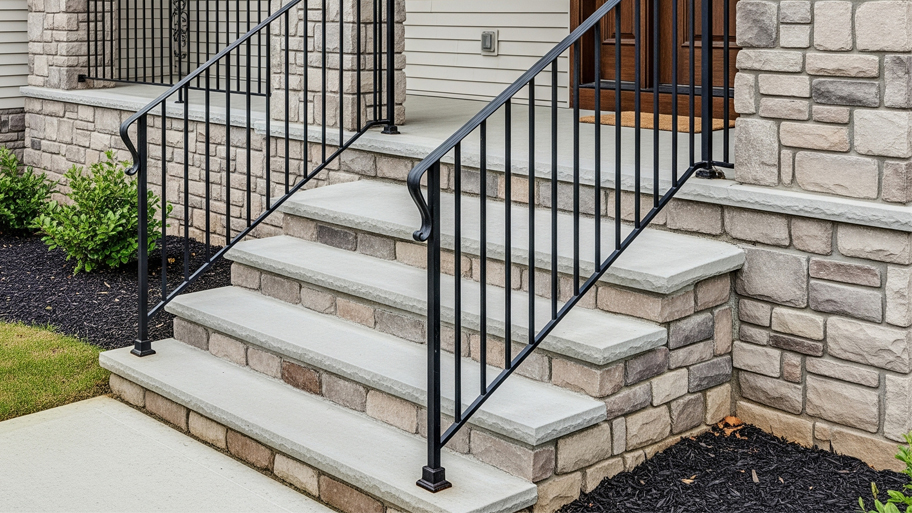
How much does outdoor railing installation cost? Find out the cost to install a railing on concrete steps, porches, and patios, including material and labor.

Discover the cost to install a stair railing, including average prices, key cost factors, and tips to save on your project.
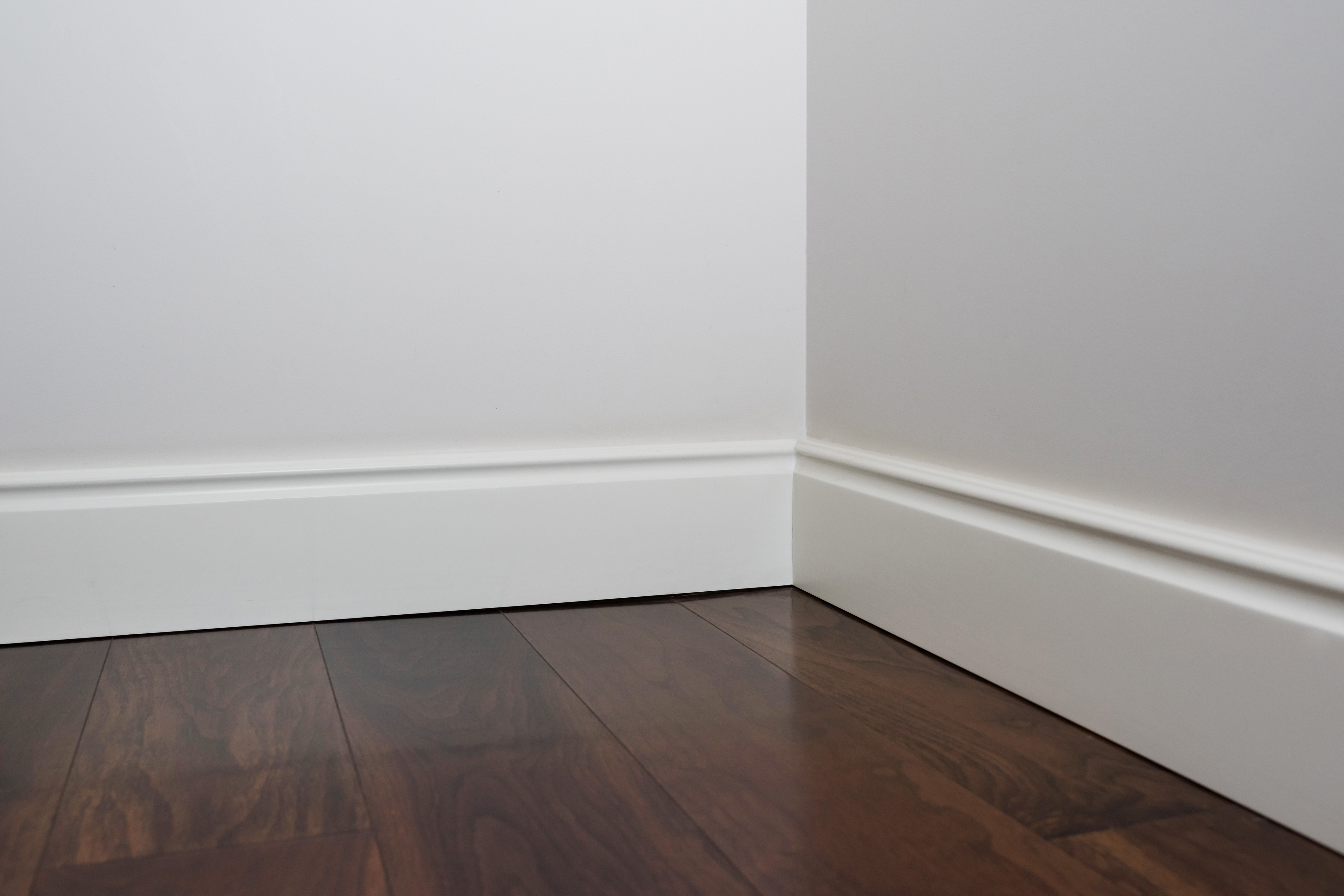
When it comes to deciding between MDF baseboards versus wood, knowing the pros and cons of each option will help you make the right choice.
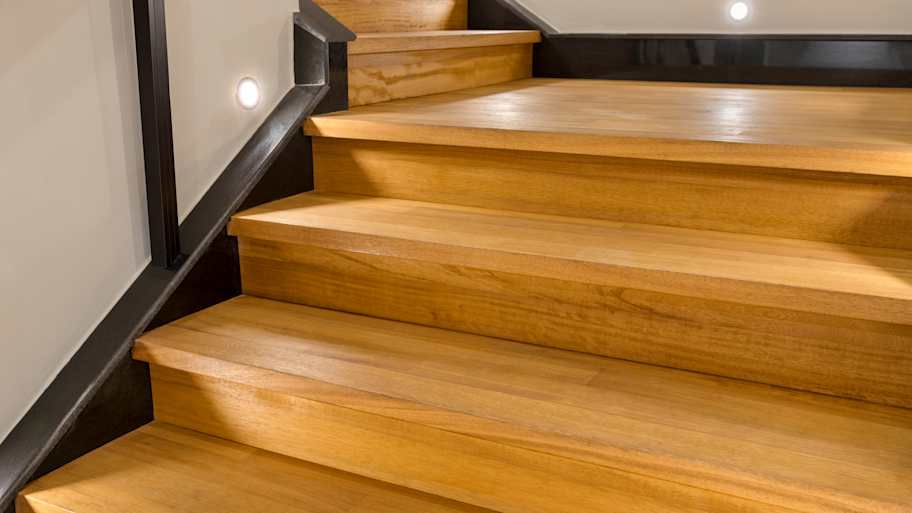
Wondering how much a spiral staircase costs to install? Discover prices, key cost factors, and tips to save on your spiral staircase installation.
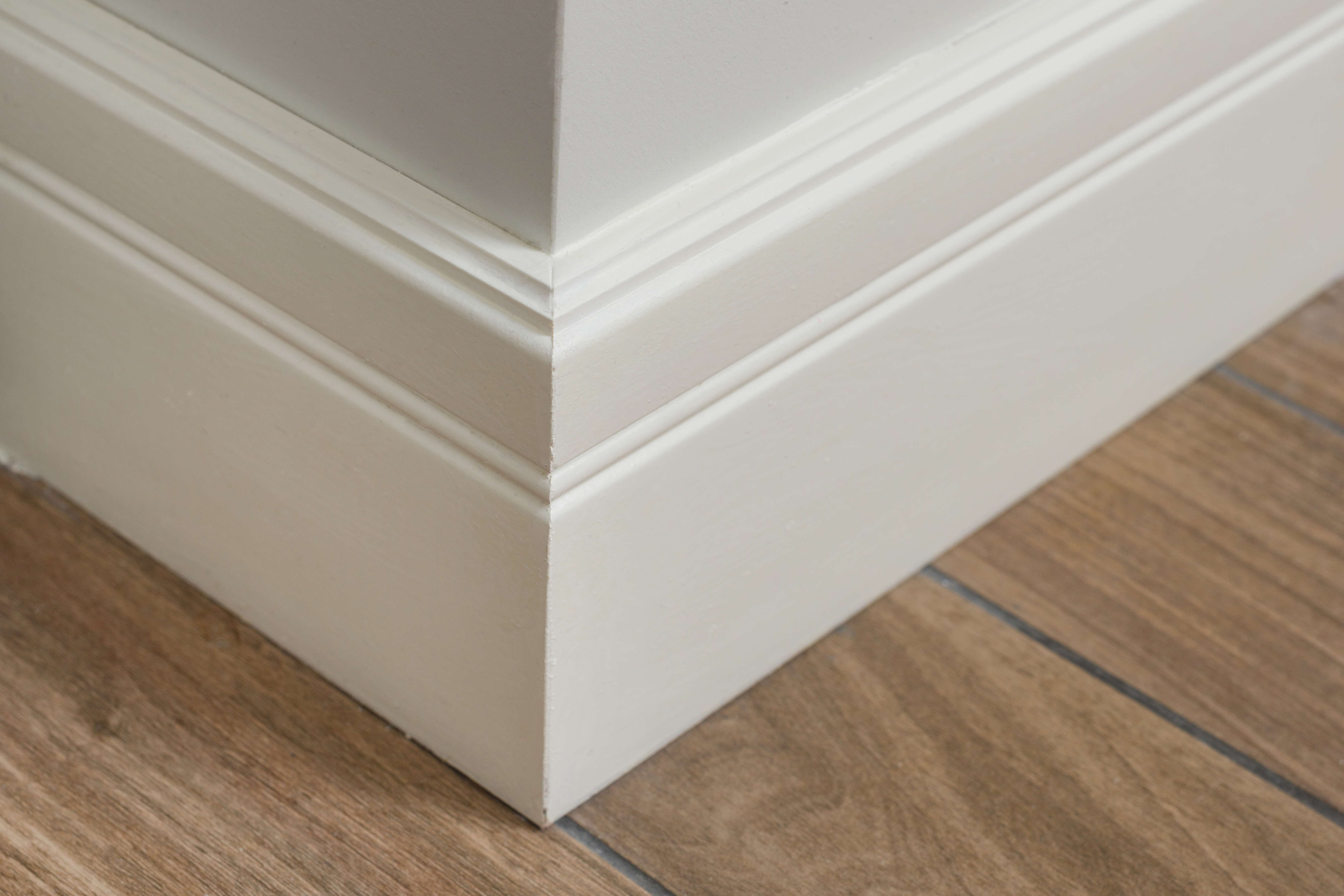
Learning how to cut baseboards for perfect corners in a DIY project requires precise measurements of the wall angles and a little math.